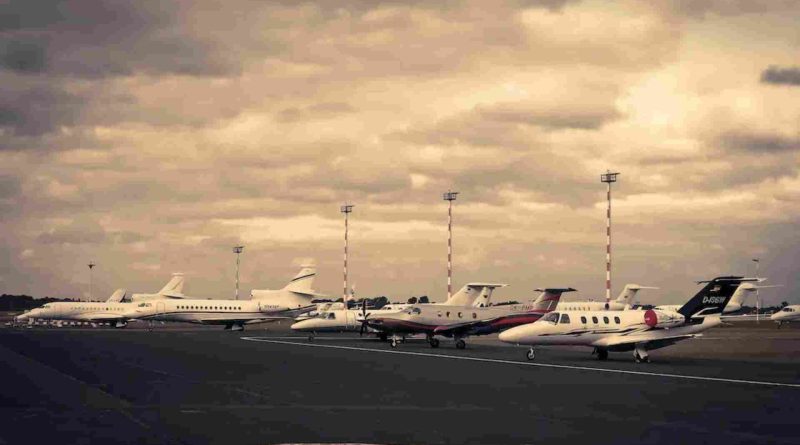Skyborne Syndicate: Unveiling the Billion-Dollar Aerial Drug Ring
Amid the shadows of negligence, a staggering sum of cartel wealth flowed through the veins of the United States under the guise of inconspicuous flights.
Within the intricate web of private aviation, a Californian orchestrator masterminded a billion-dollar syndicate for the notorious Sinaloa Cartel, capitalizing on lax security protocols prevalent in non-commercial airfields.
Robert Carlson, a Californian entrepreneur fueled by aspirations of aerial dominance in the cocaine trade, harnessed private aircraft to funnel billions in cartel contraband through the nation’s smaller air terminals, exploiting a gaping blind spot in security measures.
His operation thrived on the absence of vigilant oversight, evading conventional detection methods such as X-ray scanners and drug-sniffing canines. Carlson’s downfall came not from the failings of the security apparatus but from an insider’s tip that unraveled one of the nation’s largest aerial drug smuggling enterprises, a lucrative partnership with the Sinaloa Cartel spanning three years.
A scrutiny of Carlson’s exploits, gleaned from federal records and discussions with legal authorities, lays bare the vulnerabilities pervading the majority of the nation’s 2,500 general aviation airports, bereft of Transportation Security Administration (TSA) oversight.
Kenneth Martinson, a veteran Homeland Security Investigations agent, lamented the oversight, emphasizing the ease with which illicit substances traverse the skies under the radar of law enforcement.
The confines of TSA’s purview, primarily concentrated within the precincts of major airports post-9/11, have left the majority of smaller airfields devoid of stringent security measures, paving the clandestine routes for airborne drug trafficking.
Thor Whitmore, a Homeland Security Investigations special agent, elucidated Carlson’s audacious maneuvers, including the swift transfer of $60 million in drug proceeds from Atlanta to California within a mere four months.
The proliferation of narcotics via private aviation poses a formidable challenge to law enforcement, with cartels capitalizing on the diminished scrutiny and less rigorous security protocols prevalent in secondary airports.
Despite the alarm sounded by the Drug Enforcement Administration (DEA) in its 2019 National Drug Threat Assessment, cautioning against the escalating use of private aircraft for trafficking, substantive efforts to curb this trend remain elusive.
Carlson’s saga epitomizes the impunity enjoyed by criminal elements exploiting the chinks in aviation security, perpetuating a cycle of airborne contraband proliferation.
The narrative of Carlson’s ascent to the zenith of aerial drug trafficking underscores the urgency for bolstering security measures at secondary airports, a battleground where the war on drugs is waged in the skies.

